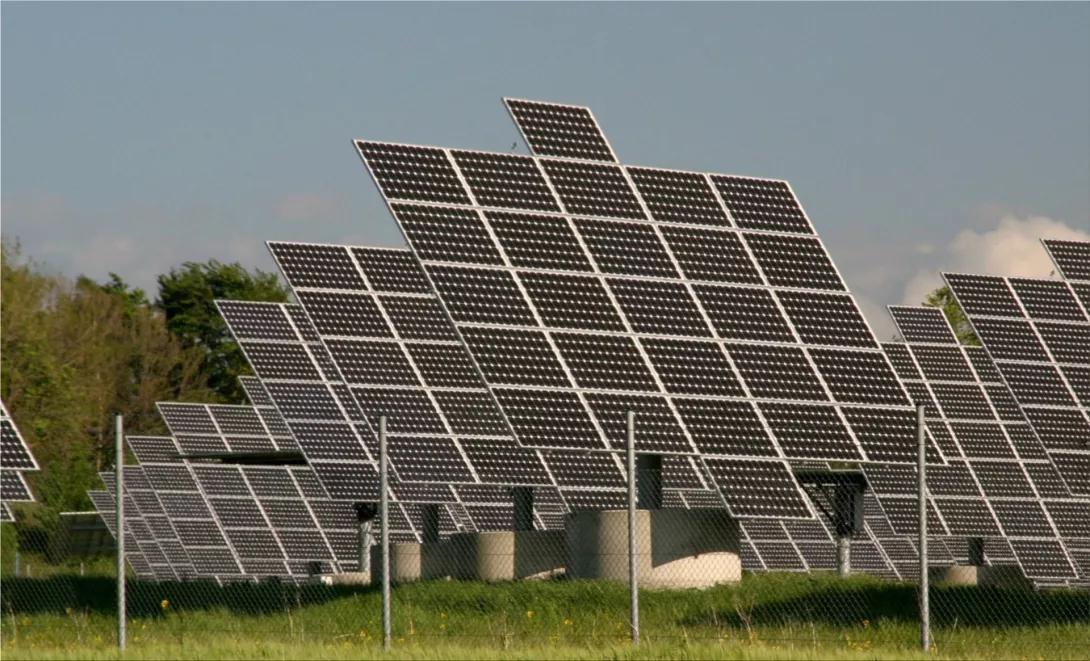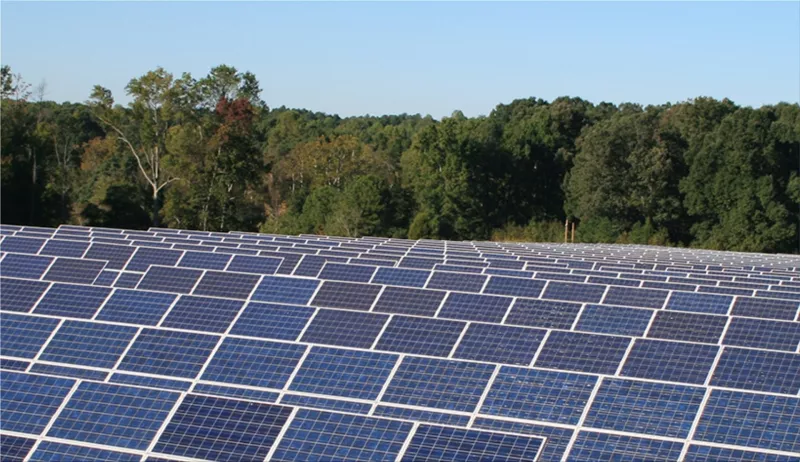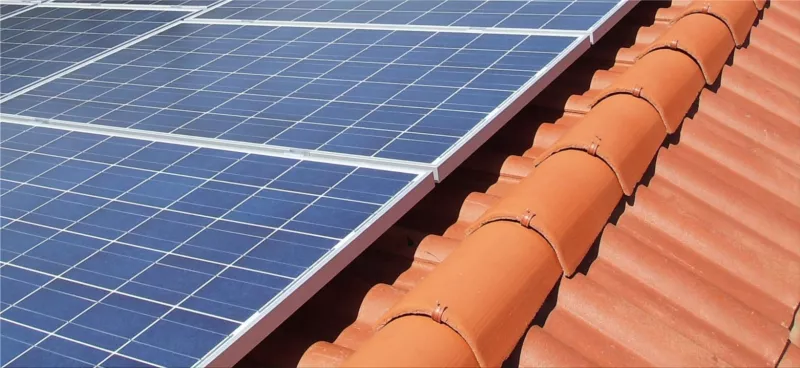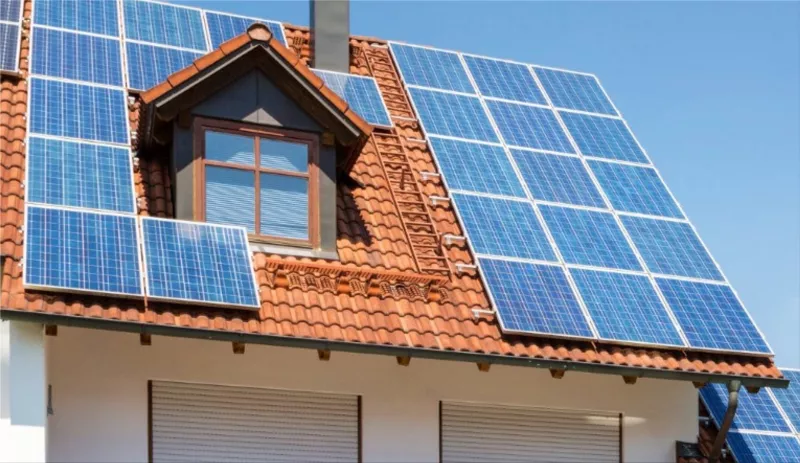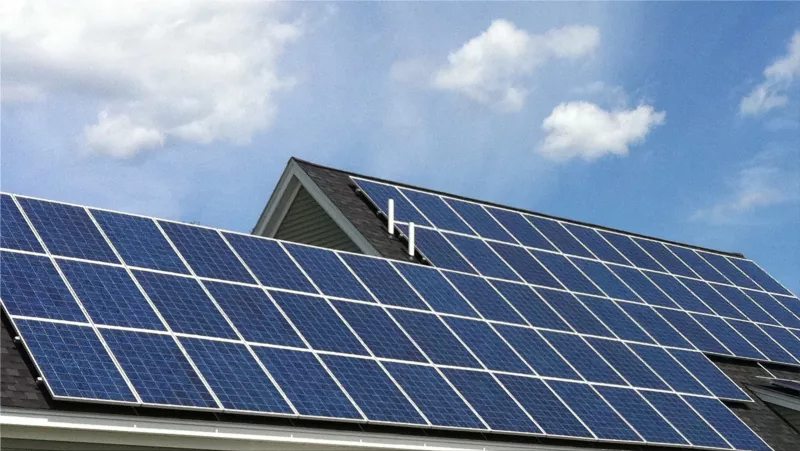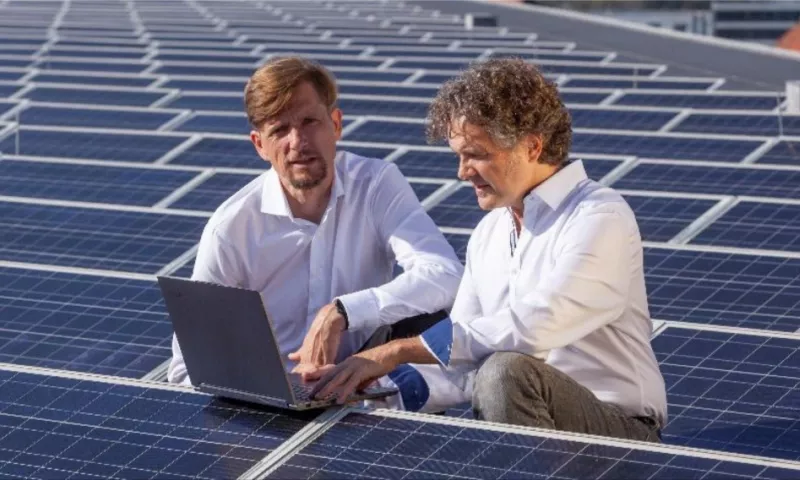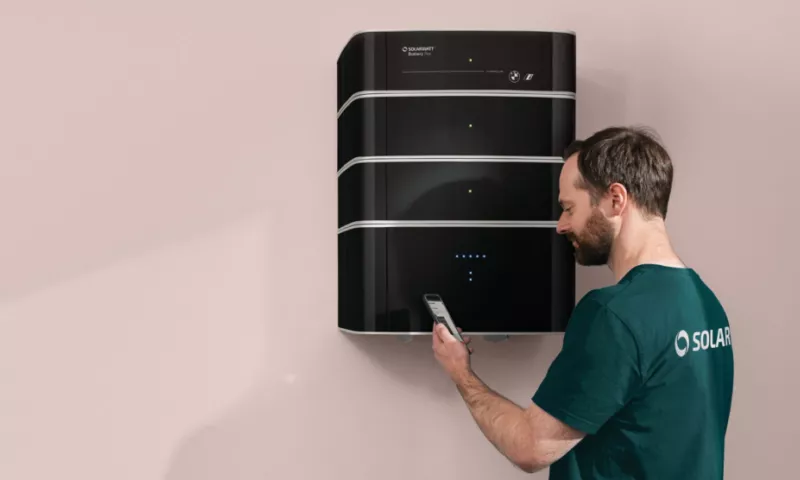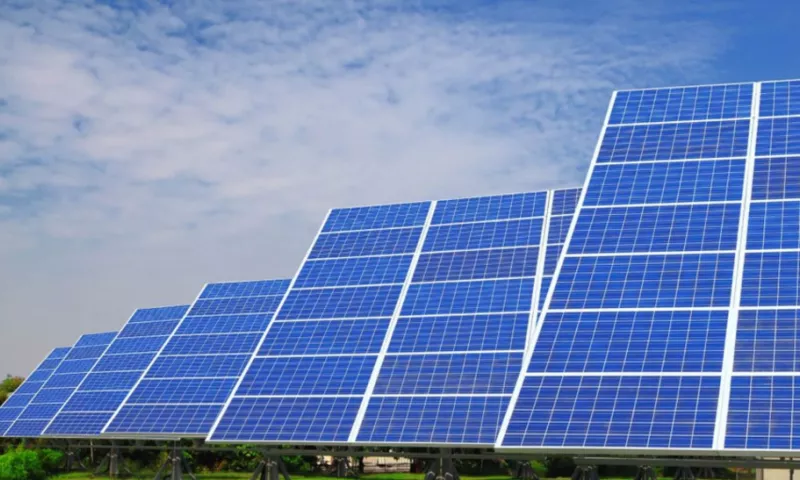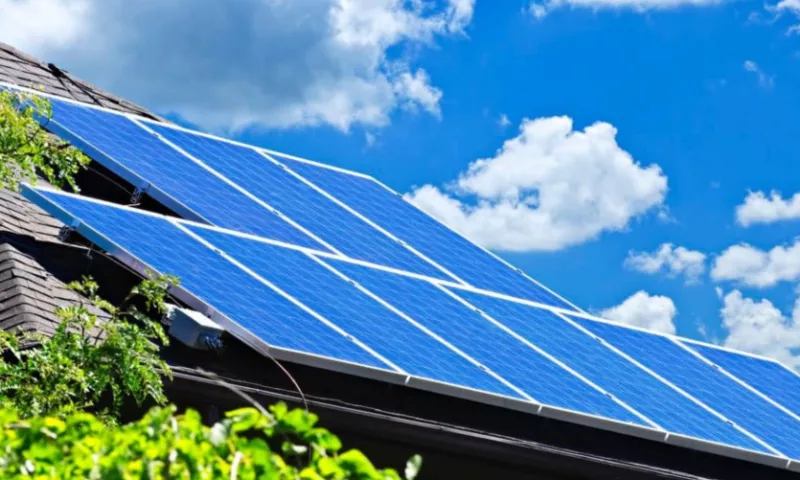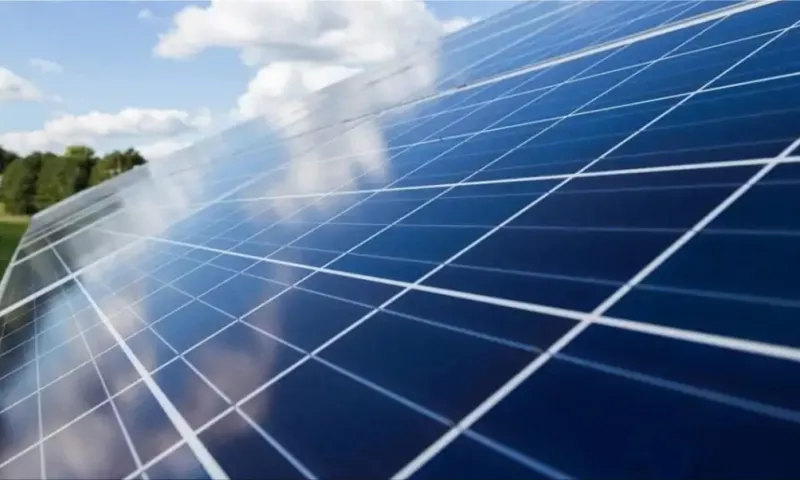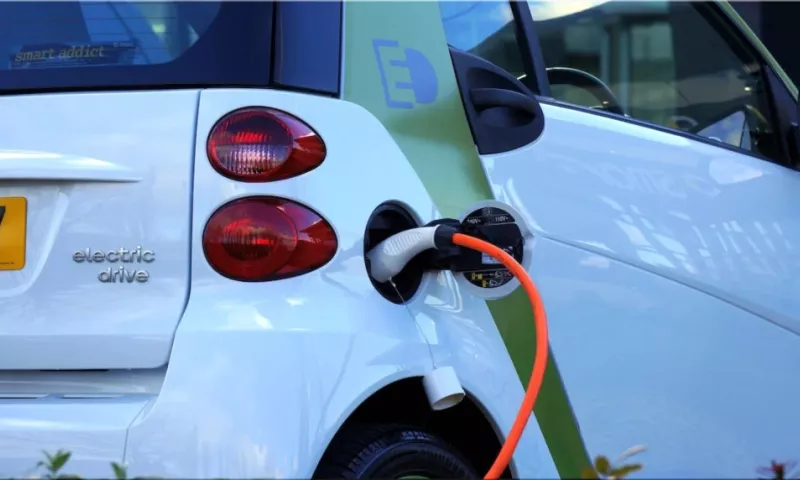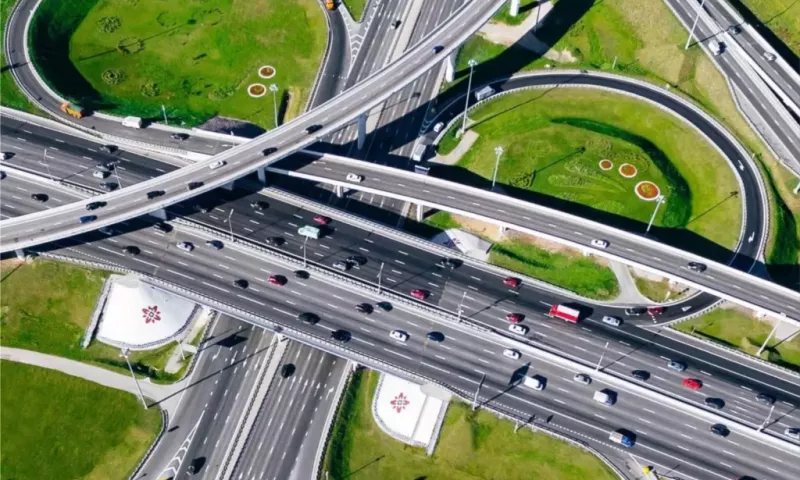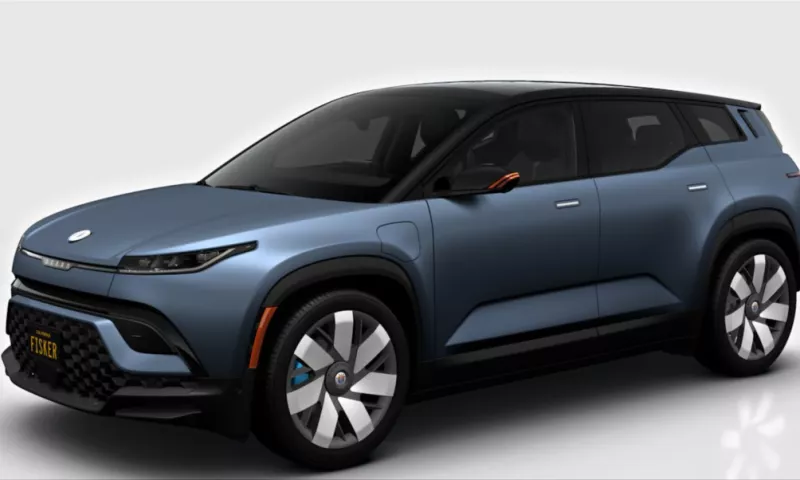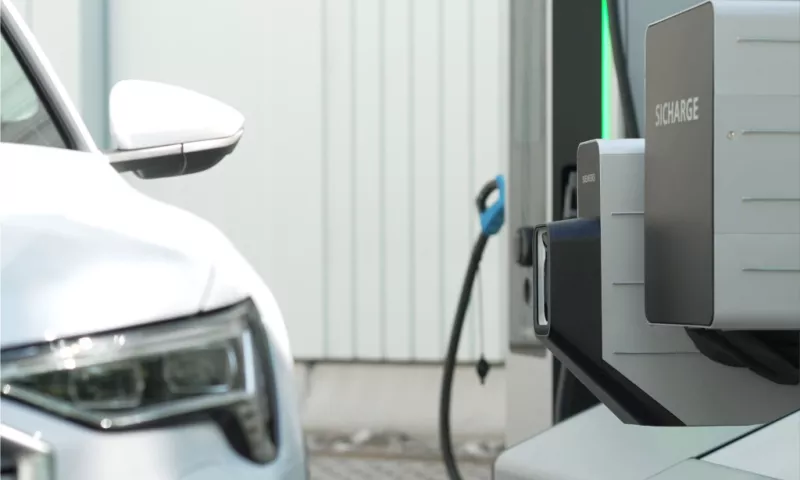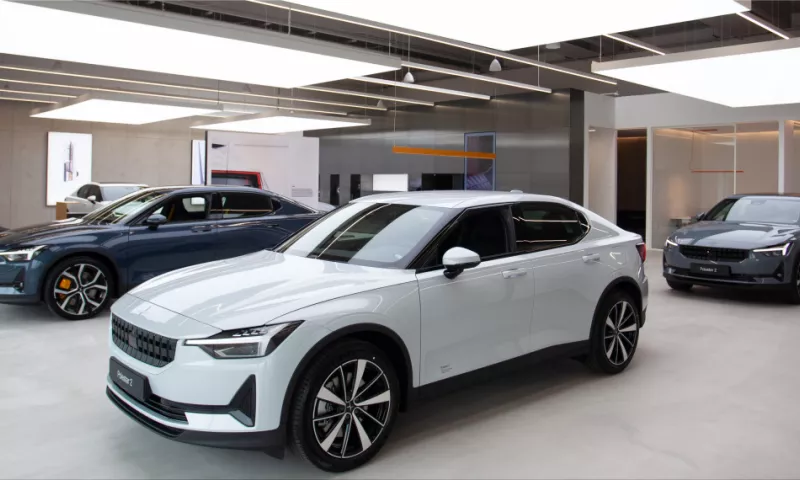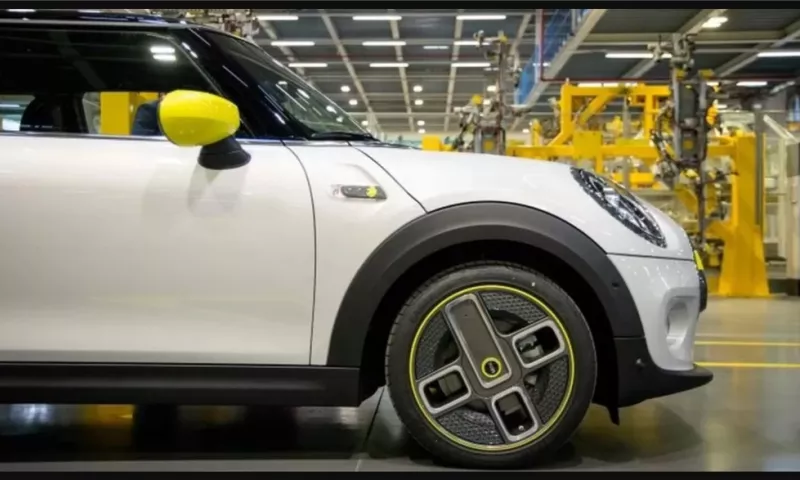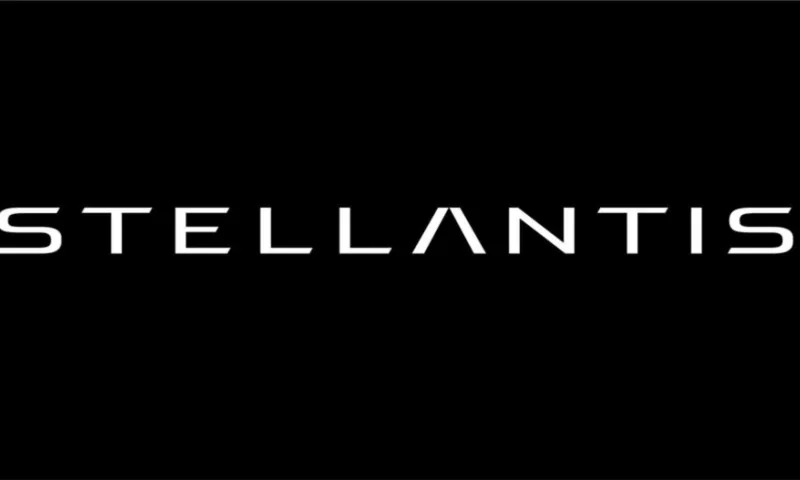Researchers have published current studies on the profitability of private photovoltaic systems. The main result is that the size of the system and the availability of an electricity storage system can influence the level of return, but that almost every system pays off.
Researchers, in particular, have been warned in recent years that private photovoltaic systems are no longer profitable in many cases. The fact that it comes to different results today is essentially due to the lower purchase prices. In 2017 alone, the acquisition costs for a photovoltaic system have dropped by more than 3%. Since the feed-in tariff was not reduced any further, even feeding in solar power is now profitable again. The yield that can be achieved is not great, but electricity generation costs of between eleven and twelve cents per kilowatt-hour are offset by 12.2 cents. Anyone who consumes all of the electricity and completely avoids self-consumption can still expect small returns of around 1%.
According to researchers, yields of between 5.6 and 8.0% are typically achieved with a roof system without electricity storage. Here, a self-consumption of 25 per cent is assumed. In addition, average solar radiation is assumed. At particularly favourable locations and with a particularly favourable south orientation of the roof, even a double-digit return can be achieved. As a prime example, a system with a nominal output of six kilowatts was examined, for which acquisition costs of 7800 euros were assumed.
The researchers came to different results for photovoltaic (PV) systems with electricity storage. Although these investments also pay off, the average returns are significantly lower at 1.9 to 3.6%. It should be noted, however, that the company does not include funding for battery storage in its invoice. This could hardly be implemented in general sample calculations. The funding for battery storage is tied to numerous conditions. In addition, some federal states have set up their support programs for storage. If a subsidy was possible, system operators could expect higher returns than 3.6%.

